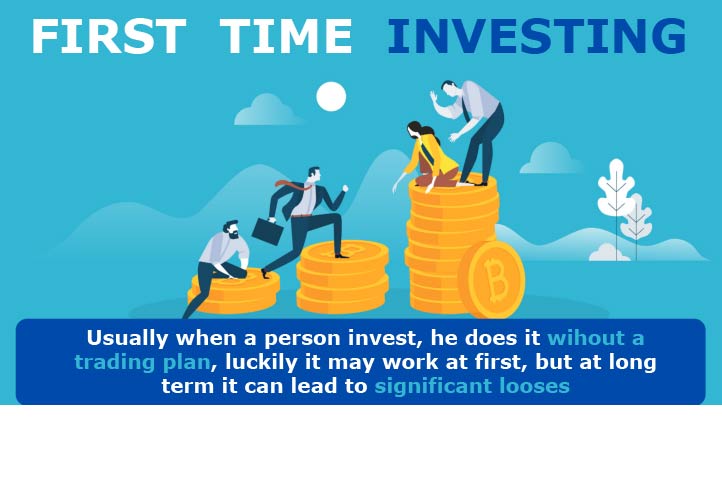
In this article we are going to analyze the different trading methodology, considering time devoted, concentration level, scalability, and learning curve.
We start on the basic premise, a trader wants to get the maximum benefit in the minimum time possible.
Maybe your first trading experience was depositing money in a trading account, and investing directly with the maximum leverage and without any defined strategy in an asset that was having strong movements.
After these two things could have happened: that the market goes against and see right away how all the money in your account disappear, or that the market goes in favour of obtaining a huge rentability.
Then, the trader without a defined strategy and a high leverage level, sooner or later, (usually between the first 5-10 operations) will have one operation that will make decapitalize his account.
When this moment arrives, a lot of people generalise their bad experience to all trading sector “trading does not work, is a fraud”. Others, however, accept that trading is not as easy as they thought and they are willing to learn and improve.
For those that continue making trading operations, they will realise very soon that there exists a random factor which is impossible to predict. Against that factor, the best tool to fight it is the expected value.
Those who have already learnt the first market lesson will realise that they need strategies to get rentable and sustainable trading, besides learning from mistakes and experience, but more important to be able to manage all you need to have planned.
Trading and strategy trading plan.
Two terminologies often get confused and that must be differentiated.
The trading plan refers to the methodology that it is going to apply to operate. It takes into account factors such as objective definition, devoted time and learning. In summary, all the factors associated with the person, the organization and planning to trade.
A trading strategy, however, refers to the operation planning. It takes into account the trading type to apply, asset type, market schedule, the indicator to use, combinations of entry and exit rules, strategy validation and finally monitoring results. In this case, everything related to an applied trading methodology and the impact it is having on our income statement is included.
What should we take into account in a trading plan?
The trading plan is a consideration every trader should think about to manage all his time and efforts to achieve his trading objectives.
Here you have some approaches that can help you to define a better trading plan, following the order:
- Objectives: The most important. What do you want to achieve with trading? Live off it, obtaining monthly benefits to improve living quality, enjoy it as a hobby, etc. This is the central axis of the trading plan.
- Time disponibility: Next thing to have into account is the time we have. It is not the same a professional trader that devotes all his time to trading that someone who works for somebody else and can only devote two hours a day. Analyse your time, balance it with your life, being honest and consequent with the decision taken.
- Trading type: manual, automatic or semiautomatic. Considering the disposable operation time, here manual intensive trading is only recommended to those persons who have a lot of time. For those who do not have time, we recommend them doing automatic trading. Semiautomatic trading would be a middle ground.
- Operational time: Long-term trading is suitable for almost any availability, meanwhile, swing trading or day trading requires more time. Get informed about the different trading types and make the match between what you want and what you can do. If the trading is automatic, it will no matter what trading type.
- Learning: It exists a huge number of formation both free and paid online about trading. The most important in this point is to make an in-depth analysis of our knowledge, focusing on what we lack and what we really need, and from there on focusing on learning all this information. An important point, do not mix up knowledge with experience. You can have a lot of experience but you can always learn new things.
- Working methodology: In this aspect we want to make you think about tasks planning, considering all the abovementioned. Learning time, market analysis, operate and finally how am I going to learn from my mistakes to improve. A work methodology example for someone who works for somebody would be: Saturday, analyse the weekly results, see where it has failed and what can be done to improve. Straightaway, analyse the market and plan the weekly strategy. Saturday afternoon and Sunday relaxing. During the week, quick analysis first thing in the morning and operating in the moments that you can. At night tracking the all-day operations and training/learning.
- Others: finally in this section we let you some other aspects such as the broker, work location, the computer, or the sources of information.
On the internet there exists a lot of information about how to do a trading plan. Nevertheless, information about how to establish a trading plan to operate automatically is scarce. This will be the topic of our next article.
¿Buscas una forma sencilla de iniciarte en el análisis cuantitativo?
Automatiza estrategias creados por ti mismo
